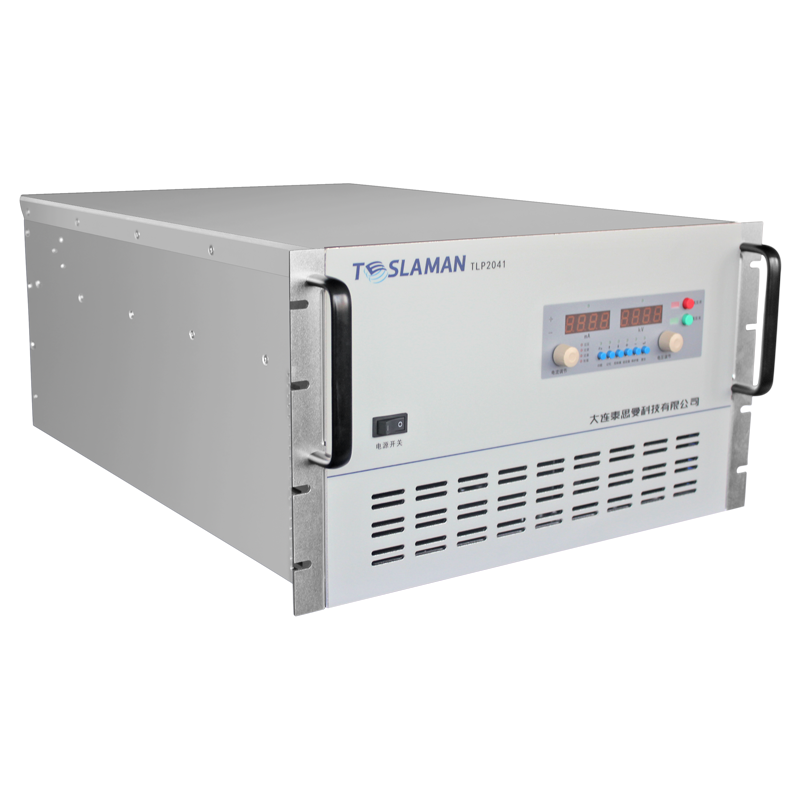Service Life of High-Voltage Power Supplies for Neutron Sources: Critical Factors and Optimization Strategies
Neutron sources play a pivotal role in material science, nuclear energy research, and medical applications. The stability and service life of their high-voltage power supplies (HVPS) directly impact system reliability and operational costs. As the energy source for particle acceleration, HVPS operates under high-voltage and high-load conditions, with its lifespan constrained by multiple factors. This article analyzes the core determinants of HVPS longevity and optimization strategies from a technical perspective.
1. Core Factors Influencing Service Life
1.1 Manufacturing Quality and Component Selection
The lifespan of HVPS primarily depends on manufacturing standards and core component quality. High-spec insulation materials, low-loss power devices (e.g., next-generation IGBTs), and high-temperature-resistant capacitors/inductors significantly reduce internal aging rates. For instance, soft-switching technology minimizes switching losses and local overheating, while amorphous nanocrystalline cores in high-frequency transformers enhance efficiency and reduce thermal stress.
1.2 Environmental Adaptability
Temperature and Humidity Control: High temperatures accelerate component aging, and humidity degrades insulation. Ideal operation requires stable temperatures (±2°C) and humidity (≤60% RH), supported by forced-air or liquid cooling.
Dust and Interference Protection: Dust accumulation may cause short circuits, and strong magnetic fields disrupt control circuits. Sealed enclosures (IP54 or higher) and electromagnetic shielding are essential.
1.3 Load Management
Prolonged high-load operation (>80% rated power) accelerates fatigue. Frequent start-stop cycles or abrupt beam energy changes in neutron experiments induce voltage/current surges, shortening lifespan. Allocating power margins (≥20%) and avoiding overloads extend service cycles.
1.4 Maintenance Protocols
Preventive maintenance—including heat sink cleaning, insulation resistance checks, and capacitor replacement—is critical. Data shows that unmaintained HVPS experiences failure rates three times higher than regularly serviced units.
2. Technical Strategies for Longevity Extension
2.1 Intelligent Monitoring and Predictive Maintenance
Real-time tracking of output voltage ripple (controlled to <0.1%), temperature, and current fluctuations enables early fault detection via data analytics. Cloud platforms can alert operators to anomalies (e.g., a 0.05% ripple surge), preventing beam instability due to voltage deviations.
2.2 Redundancy and Modular Design
Dual-controller redundancy allows seamless failover during faults, ensuring uninterrupted operation. Modular construction enables localized replacement of failed units (e.g., inverter modules), minimizing downtime and maintenance costs.
2.3 Material and Cooling Innovations
Wide-bandgap semiconductors (SiC/GaN) reduce switching losses by >30% compared to silicon-based devices. High-thermal-conductivity ceramic substrates paired with microchannel liquid cooling maintain core temperatures below 85°C, slowing thermal aging.
3. Future Development Trends
As neutron sources evolve toward higher flux and power (e.g., megawatt-level spallation targets), HVPS must balance higher power density (>5 kW/L) with extended longevity. Key research areas include:
Self-healing insulation materials: Autonomously repairing microcracks after partial discharges;
Digital twin technology: Simulating extreme conditions via virtual models to optimize lifespan design.
Conclusion
The service life of neutron source HVPS results from the interplay of design, operation, and environmental factors. Enhanced component reliability, smart maintenance, and advanced materials can extend typical lifespans from 5 to over 10 years, reducing long-term costs for large-scale scientific facilities. Future innovations will push HVPS toward zero-unexpected-downtime operation, bolstering cutting-edge research with unwavering stability.




















